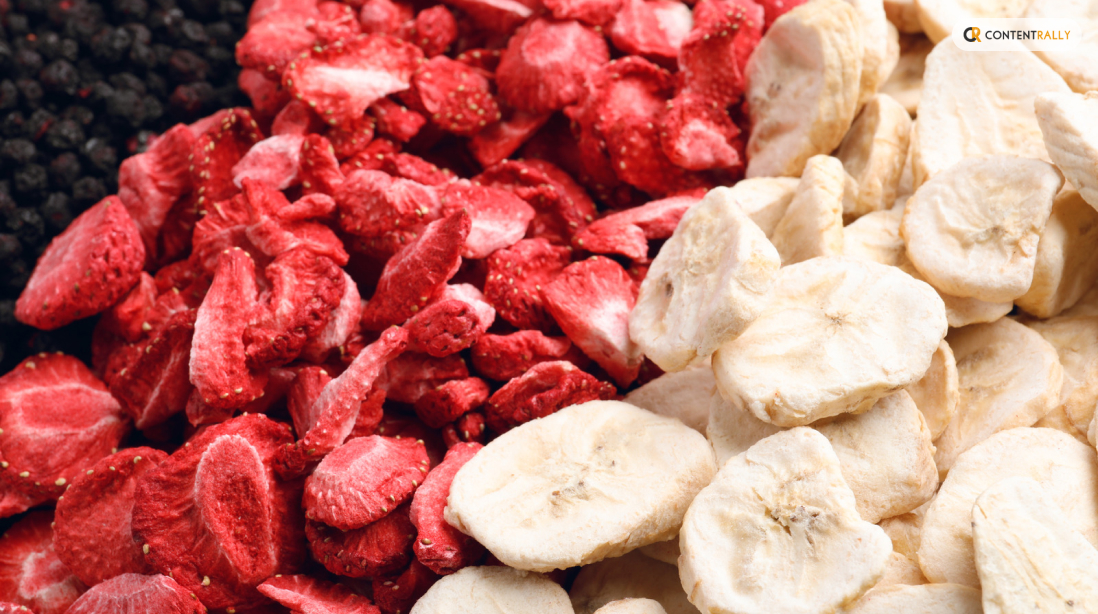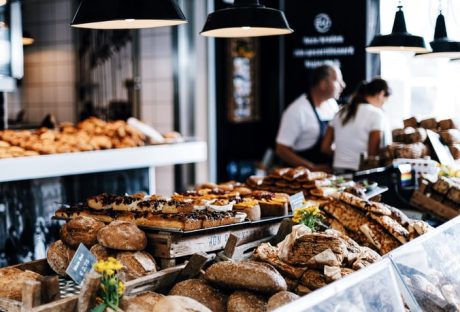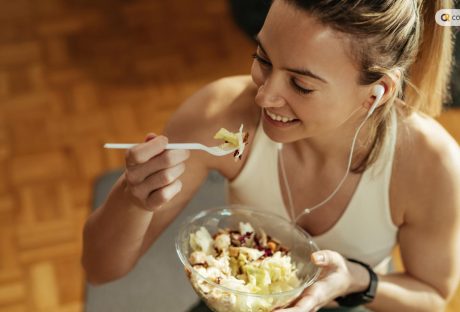How to freeze dry food? – To freeze-dry your food, you need first to freeze your food and then dry it under pressure to remove water content. This process is called lyophilization.
In fact, it is one of the best methods to use if you want to dry your food. Actually, it is a common practice in both the pharmaceutical and food industries.
In this article, you will learn how to freeze dry food at home with simple methods. However, before that, you will also understand the freeze-drying process and the types of food you can freeze-dry.
Moreover, you will also learn the benefits of freeze-drying and essential tips to freeze-dry your food successfully.
Hence, to learn more, read on to the end of the article.
Understanding Freeze Drying

Freeze drying is a process where you remove water from a food material by freezing it. Then, you turn the ice into vapor by putting the item under pressure. Hence, you can see that this process is a dehydration technique where you sublimate the water in a product.
It means that the water content in your product changes from a solid state to a gaseous state (sublimation). Here, the water does not turn into liquid.
Generally, this method is helpful when you want to preserve any perishable materials. Here, the goal is to extend the shelf life of the material. In this case, you freeze the material and reduce the pressure. Then, you add heat to allow the frozen water in the food (material) to change directly to vapor.
How Does Freeze Drying Work?
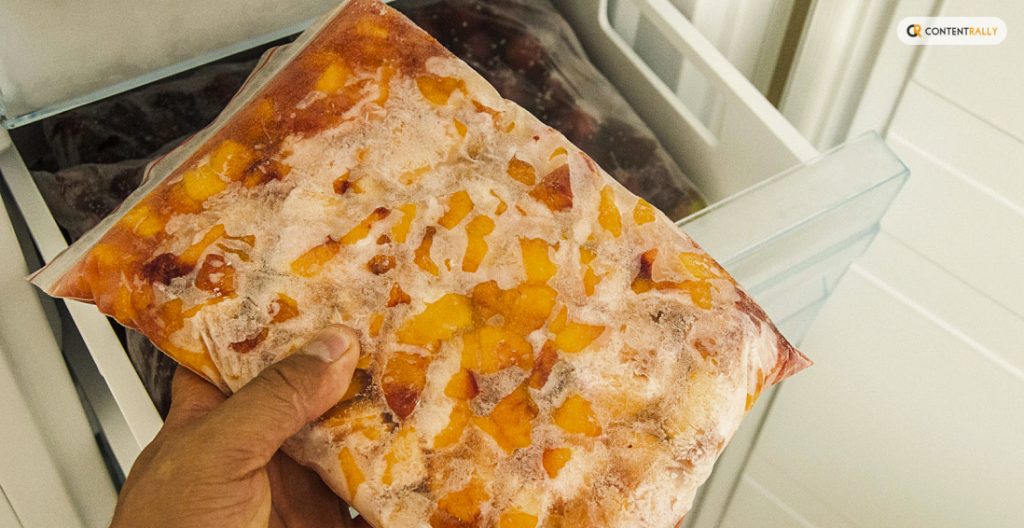
Freeze drying consists of three stages: freezing, sublimation, and desorption.
Here is an explanation of the three stages:
1. Freezing
This process involves freezing the food at a very low temperature. Generally, you have to freeze to -30 to -50°F.
2. Sublimation (Primary Drying)
In this stage, you have to pass mild heat over the frozen material while the material is under vacuum. Hence, the ice crystals vaporize into water vapor. After that, you remove the water vapor with the help of a vacuum pump.
3. Desorption
This is the second stage of drying. Here, you have to remove all the remaining moisture from the surface of the food.
Benefits Of Freeze Drying Food
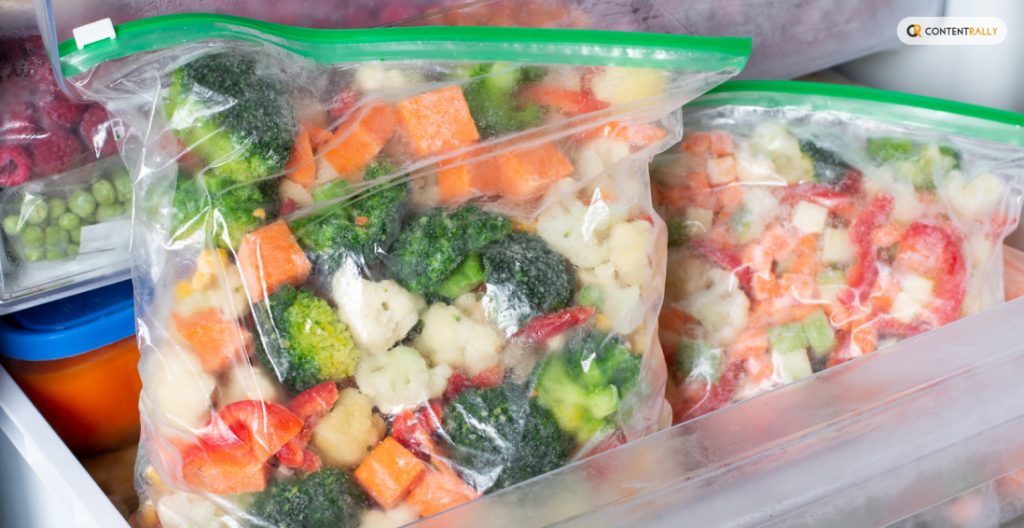
The following are the major advantages of freeze-drying that will benefit you a lot:
- Generally, the foods that you freeze-dry retain up to 97% of their nutritional value. For instance, the food retains vitamins, minerals, and antioxidants.
- Those foods have a long shelf life. Moreover, you do not need to store it in cold chains.
- Once you freeze-dry your food, you will end up removing 98% of its water content. Hence, you will reduce its weight by 90%. Thereby, it will be easy for you to carry that food on camping and backpacking trips.
- Freeze-dried food is easy to prepare. This is because you just have to add water to rehydrate them. Moreover, the shape and size of the food remains intact. Also, freeze-drying helps in preventing the growth of pathogenic organisms.
- You can preserve a wide range of foods with freeze-drying. This includes meat, fish, fruits, vegetables, eggs, ice cream, and more.
- When you freeze-dry food, it does not get brown or caramelize. However, this is quite common when you dry food traditionally.
How To Freeze Dry Food At Home?
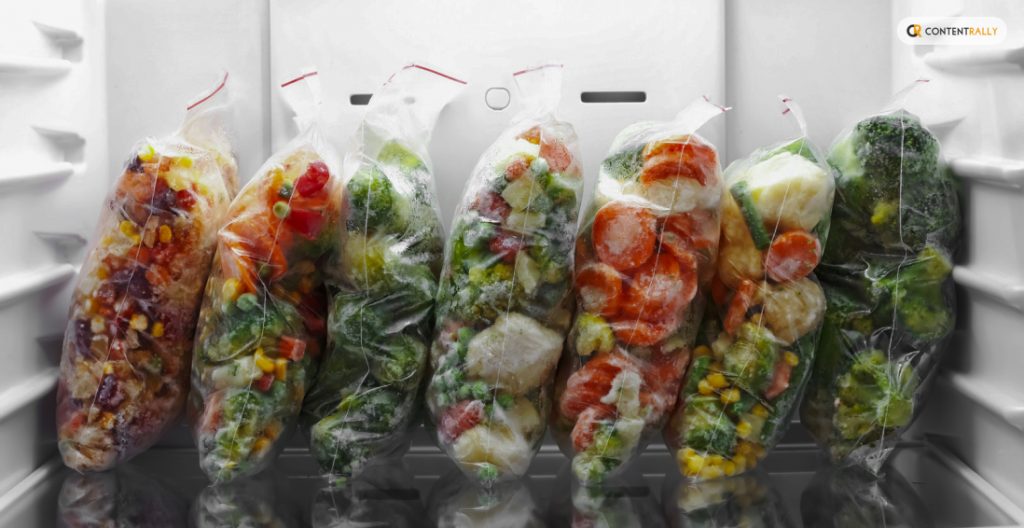
Here are the steps you must follow to freeze dry food at home:
- Wash your food items that you want to freeze-dry. Also, remove dirt and residues from the food. This way, you can ensure food safety.
- Cut your food into small pieces. This way, you can make the freeze-drying process faster.
- Place your food on a flat tray. Moreover, make sure to spread the food evenly. Basically, if you spread your food properly, you can freeze the food evenly.
- Place your food in your freezer, and set the temperature correctly. Then, place the food in your freezer for two weeks. Actually, you need this time to remove the moisture in the food.
- After the completion of two weeks, remove the trays from the freezer. After that, quickly place the food items in airtight bags. Make sure to take out one tray at a time to ensure that the food does not rehydrate.
- Make sure to place the food bags in the freezer, and also in a cool, dark spot.
- Check the food after a couple of days. This way, you ensure whether all the food is dried-up or not.
Tips For Successful Freeze Drying
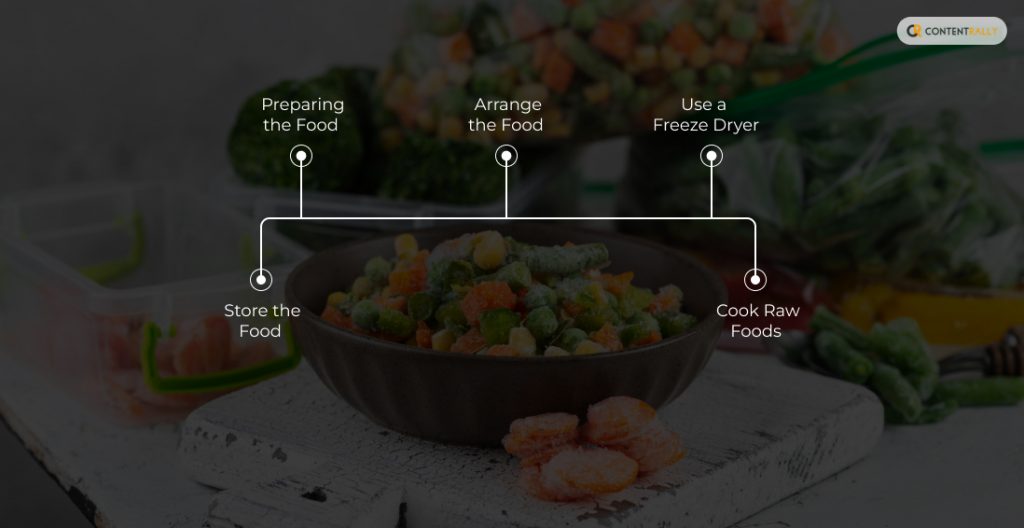
The following are some essential tips by following which you can successfully freeze dry your food:
1. Preparing the Food
Harvest the food produced when it is ripe. Then, wash the food, remove the damaged parts, and prepare it as desired. This is because if you cut your food into small pieces, it will dry faster.
2. Arrange the Food
Place your food on a tray and arrange it into pieces. Also, make sure to place those pieces in such a way that they do not touch each other.
3. Use A Freeze Dryer
With the help of a freeze dryer, you can automatically lower the temperature. Moreover, a freeze dryer also helps you to create a vacuum.
4. Store The Food
Once you freeze-dry your food, store it in an airtight container. Also, you can store it in a bag which you can vacuum-seal it.
5. Cook Raw Foods:
One of the drawbacks of freeze-drying is that it does not kill harmful bacteria. Hence, you must cook freeze-dried foods thoroughly before consumption.
Related: The Importance Of Proper Cutting When Preparing Meals
Common Uses For Freeze-Dried Ingredients
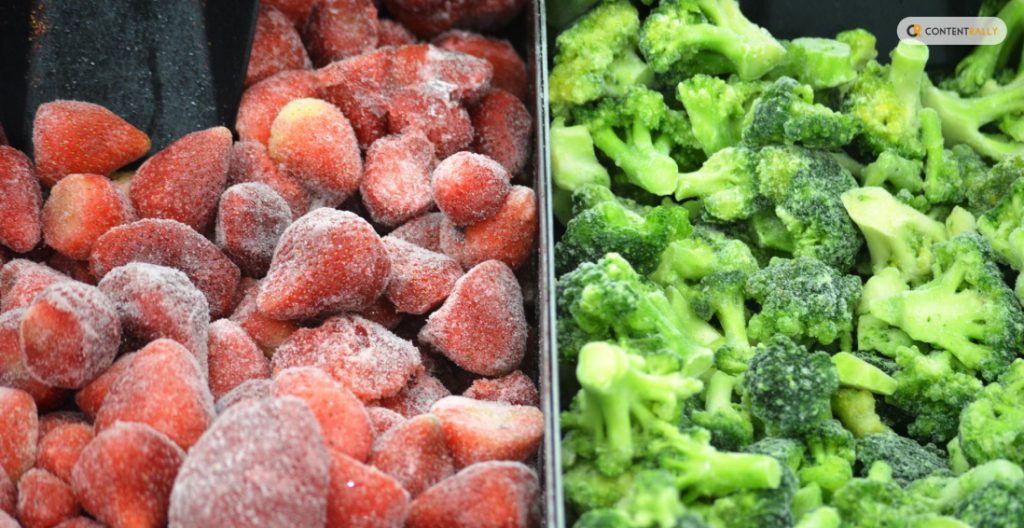
The following are some of the common uses of freeze-dried foods:
- Works as essential food supplies at times of emergencies.
- They have a long shelf-life and you can use it to maintain food quality.
- You can use freeze-dried food in stews, soups, baked goods, etc.
- You can eat freeze-dried food as a healthy snack any time.
- If you freeze-dry your seasonings, you can retain the flavor and freshness for years.
Wrapping Up
You now know how to freeze dry food. Generally, in manufacturing, food companies and manufacturers prefer freeze-dried food over regular food.
This is because they are easy to prepare and are portable and lightweight. Also, such food removes the moisture from the food to make it compact.
Do you have more suggestions for freeze-drying to offer? Please share your ideas and opinions in the comments section below.
Additional Readings:













